Master Saltwater Slow Pitch Jigging: Top Rods, Reels & Techniques
Introduction to Saltwater Slow Pitch Jigging
Saltwater slow pitch jigging combines precision and power, making it a go-to technique for targeting species like tuna, mahi, and amberjack. To dominate the waves, you need the right tools—and that starts with understanding the best saltwater jigging rod and reel essentials.
1. Choosing the Perfect Rod: Goofish Jigging Rods & Slow Pitch Jig Rods
A high-quality jigging rod is the foundation of your setup. Look for:
- Action: Fast-tapered tips for sensitivity; mid/ heavy power for battling fish.
- Length: 6’6”–7’6” for offshore depths; shorter rods for inshore finesse.
- Material: Graphite/carbon fiber blends for sensitivity and durability.
Pro Tip: Goofish jigging rods excel in deep water with their aggressive bend, while slow pitch jig rods prioritize control for rhythmic jigging motions.
2. The Ultimate Combo: Slow Pitch Rod and Reel Pairings
Your reel must complement your rod’s action. Prioritize:
- Spool Size: Match to jig weight (light jigs = 2000–3000 size; heavy = 5000+).
- Gear Ratio: 5.0:1–6.2:1 for quick retrieves and slow, steady drops.
- Brakes: Magnetic/centrifugal systems for smooth, controlled drops.
Top Picks: Spinning combos with slow pitch rod and reel synergy offer casting ease and cranking power, ideal for long days at sea.
3. The Heart of the System: Slow Pitch Jig Design & Selection
A well-crafted jig transforms your catch rate. Key features include:
- Weight: 1/8 oz–20 oz (adjust for current, depth, and target species).
- Head Shape: Wide, flat heads for fast drops; narrow, tapered designs for mid-water action.
- Finish: UV-resistant paints with reflective elements to attract curious fish.
Tip: Pair light jigs (3–8 oz) with slow, steady retrieves for suspended fish; heavier jigs (10–20 oz) for bottom-hugging targets.
4. Proven Techniques for Saltwater Success
Master these three steps to dominate your jigging session:
- Cast & Let It Sink: Allow the jig to reach its target depth before initiating the “bounce” motion.
- Rhythm Over Power: Use wrist flicks for small, teasing movements—slow and steady triggers strikes.
- Read the Bite: Set the hook at the first tap; fish often “mouth” jigs before committing.
Conclusion: Gear Up for Saltwater Glory
Whether you’re a beginner or a pro, the key to saltwater slow pitch jigging mastery lies in selecting the right goofish jigging rod, pairing it with a slow pitch rod and reel combo, and mastering slow pitch jig techniques. Remember: the best best saltwater jigging rod and reel is the one that feels like an extension of your skills.
Tight lines, and happy jigging!


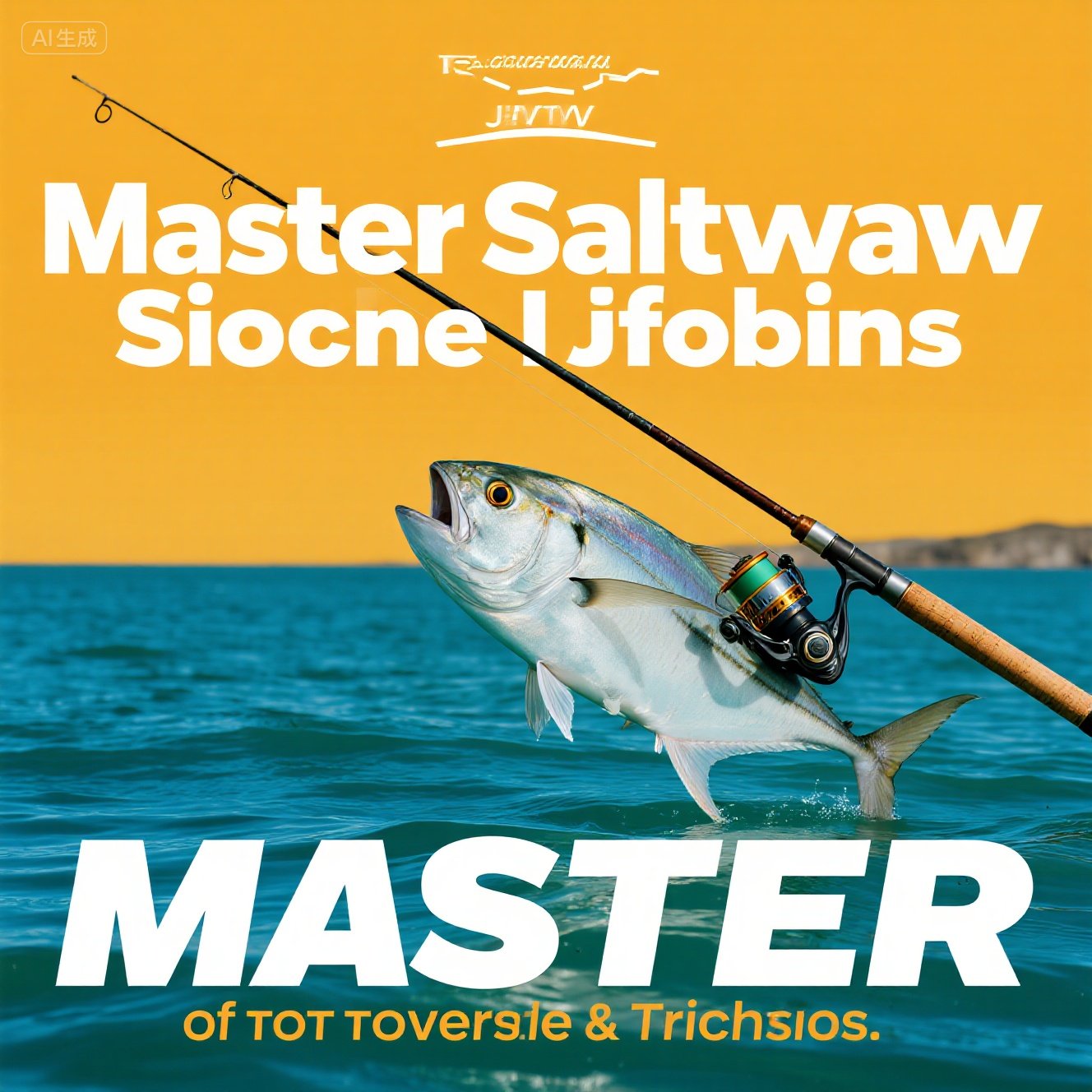
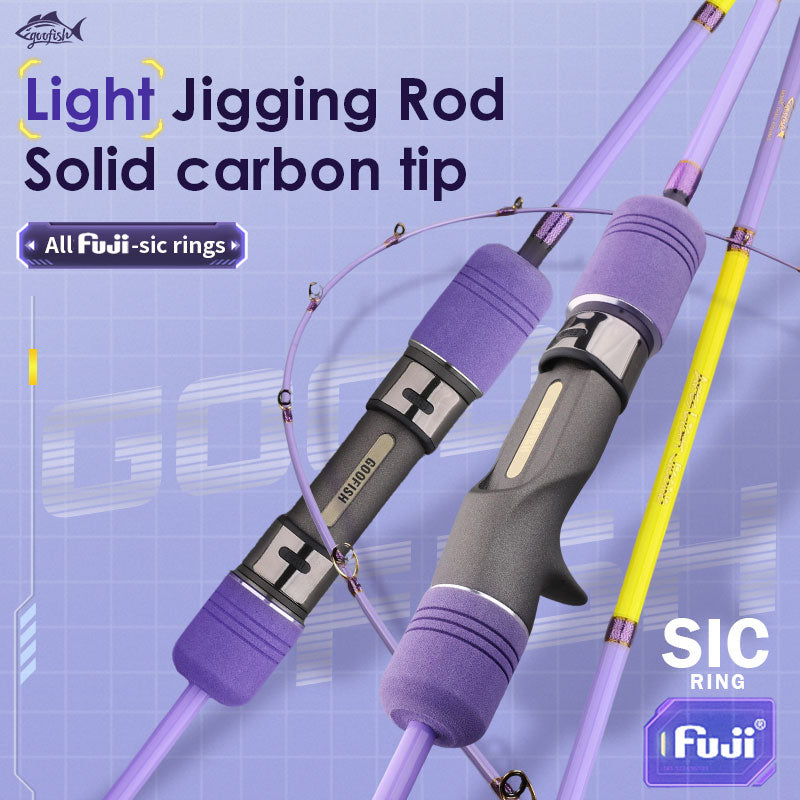
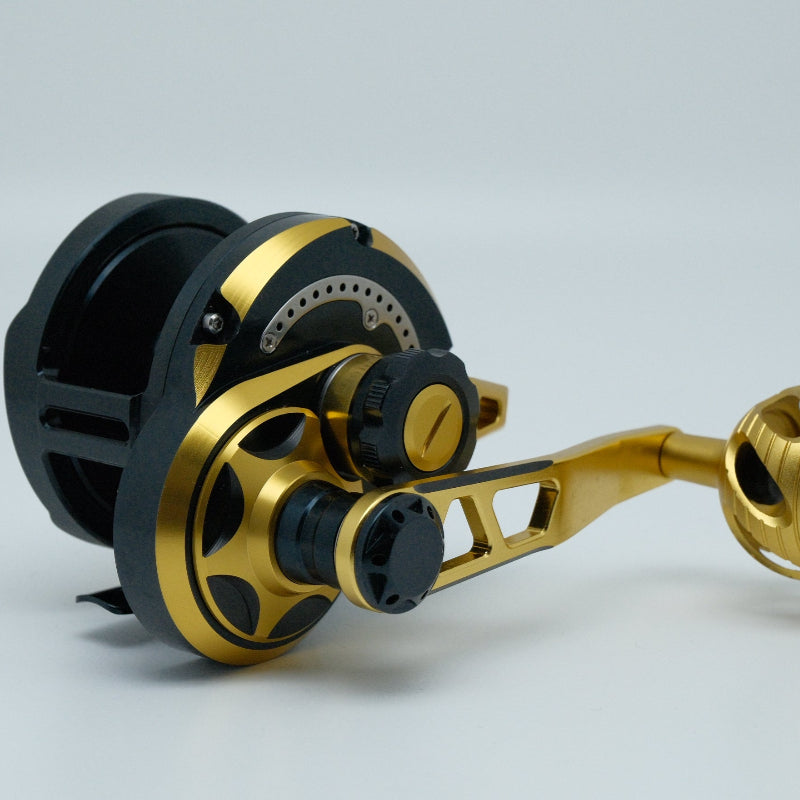
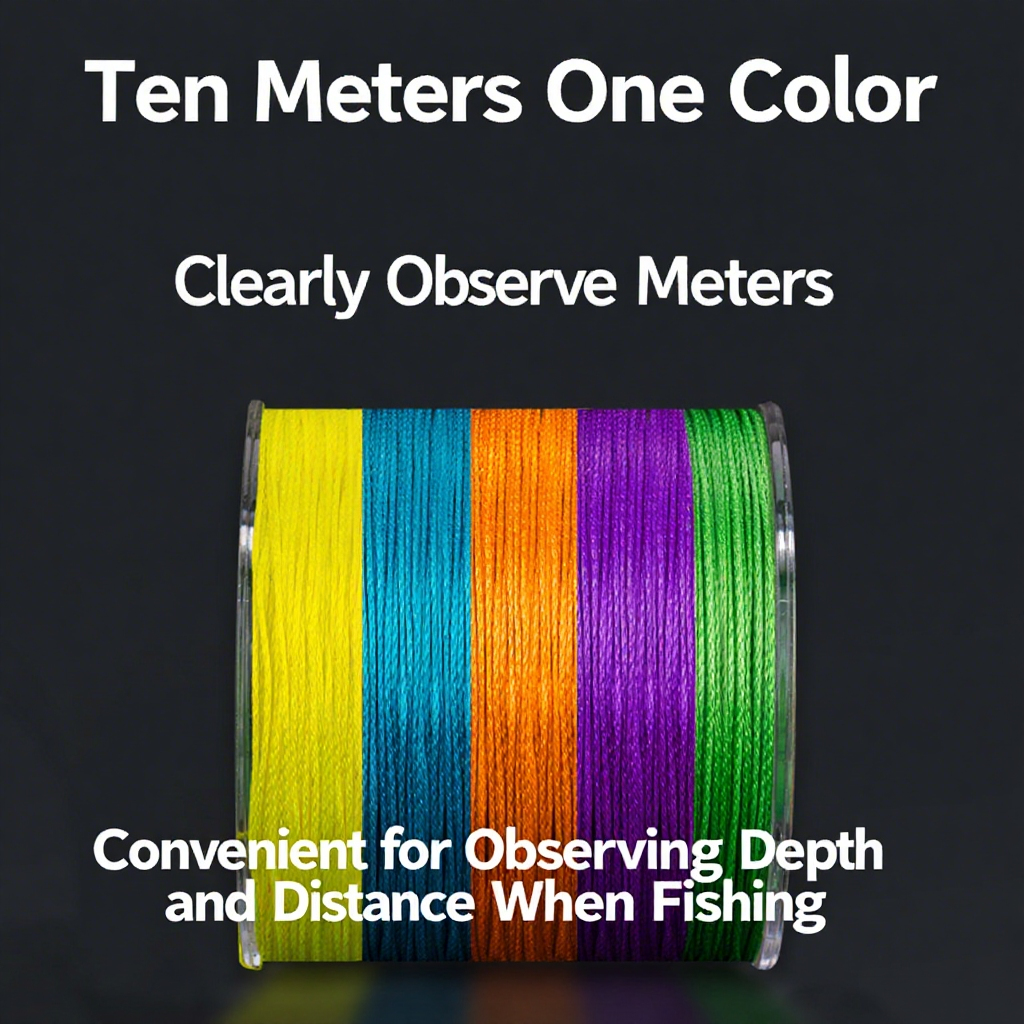
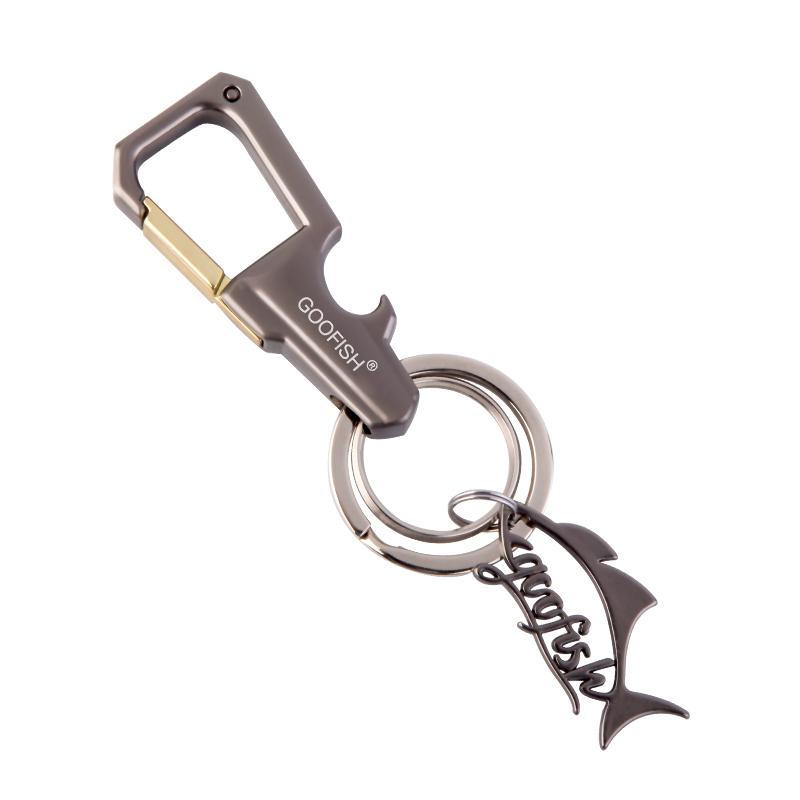



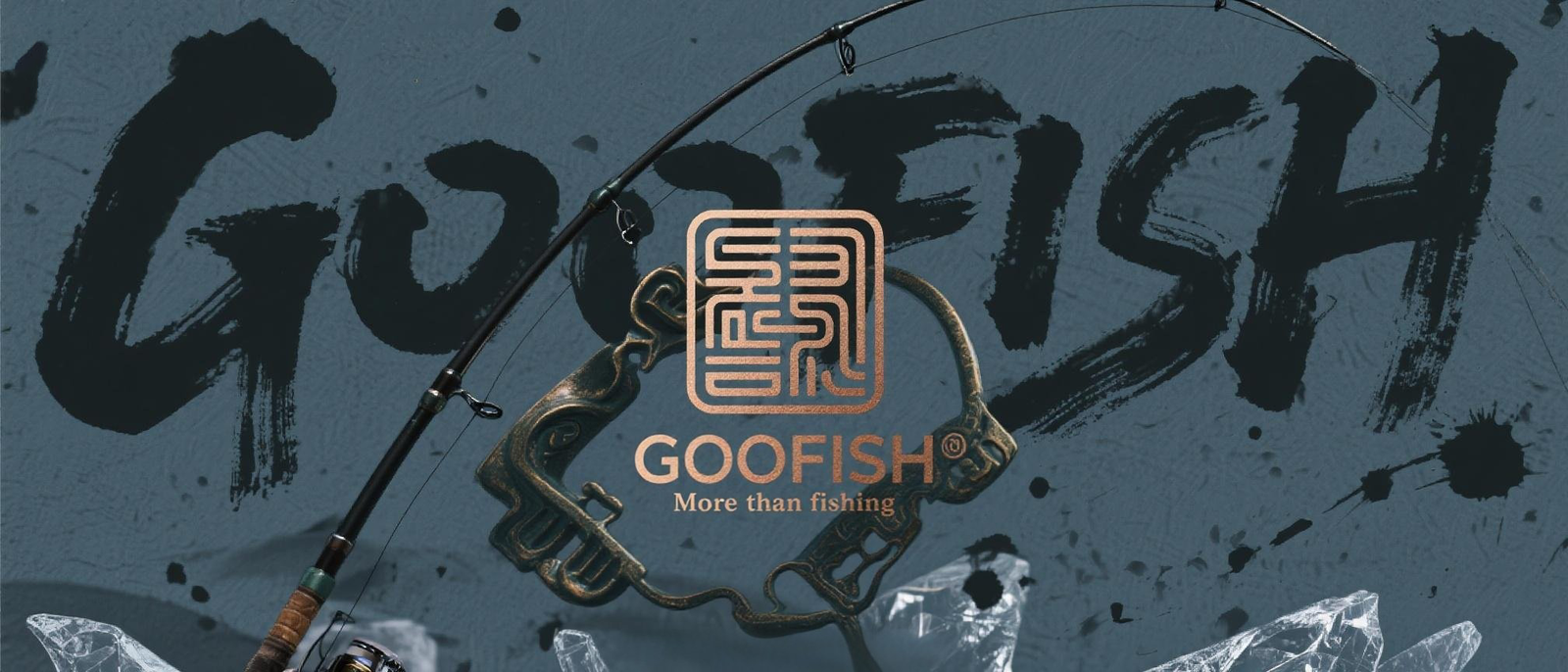
Leave a comment